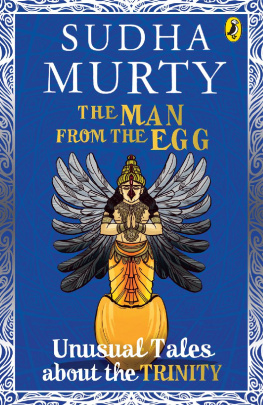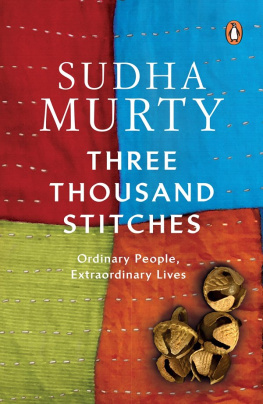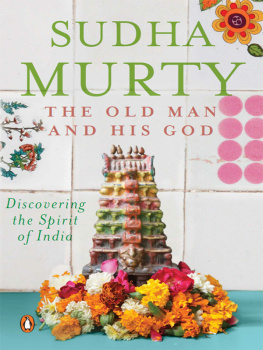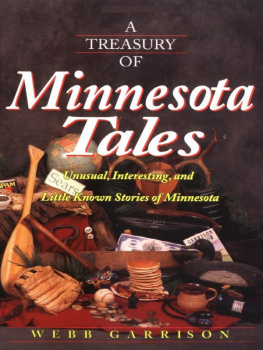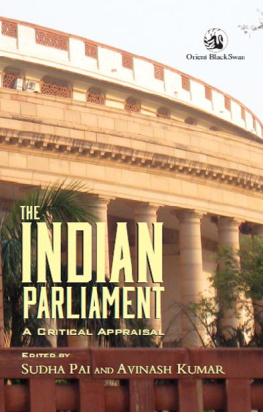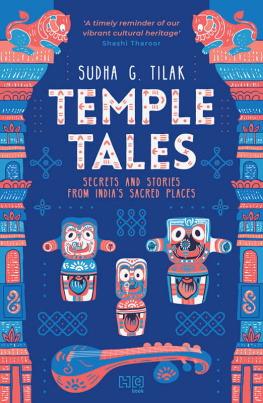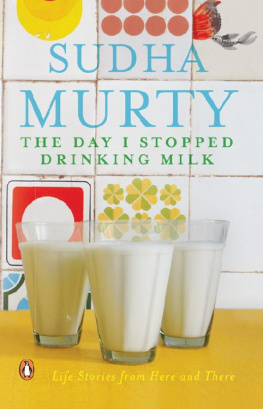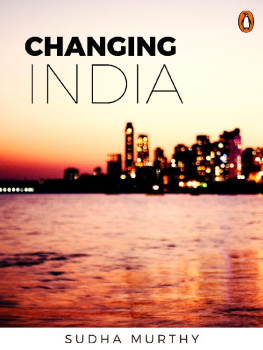SUDHA MURTY
THE MAN FROM THE EGG
Unusual Tales about the TRINITY
Illustrations by Priyankar Gupta
Contents
PUFFIN BOOKS
THE MAN FROM THE EGG
Sudha Murty was born in 1950 in Shiggaon, north Karnataka. She did her MTech in computer science, and is now the chairperson of the Infosys Foundation. A prolific writer in English and Kannada, she has written novels, technical books, travelogues, collections of short stories and non-fictional pieces, and six bestselling books for children. Her books have been translated into all the major Indian languages. Sudha Murty is the recipient of the R.K. Narayan Award for Literature (2006), the Padma Shri (2006) and the Attimabbe Award from the Government of Karnataka for excellence in Kannada literature (2011).
Also in Puffin by Sudha Murty
How I Taught My Grandmother to Read and Other Stories
The Magic Drum and Other Favourite Stories
The Bird with Golden Wings
Grandmas Bag of Stories
The Magic of the Lost Temple
The Serpents Revenge: Unusual Tales from the Mahabharata
To Kris Gopalakrishnan and Sudha,
for the precious memories made during the making of Infosys
Introduction
In India, the term Trimurti is used in reference to the three faces of god. They are Brahma, Vishnu and Shiva, and collectively called the Trinity.
Together, they represent the oneness of the universe while retaining their distinctive nature and are known for their ability to grant people boons. Hymns are chanted every day all over India, in temples and homes, and countless stories abound in their praise.
And yet many questions remain.
Several temples are dedicated to Shiva, as well as Vishnu and his various avatars. But there are hardly any that are dedicated to Brahma, an equally important part of the Trinity. Why?
How do the demons or asuras attempt to cheat the Trinity in their endless quest for immortality? How do their efforts fail?
Saraswati, Lakshmi and Parvati are the respective consorts of Brahma, Vishnu and Shiva. But it is Parvati who displays many avatars and is popular as Shakti, the divine female power, and Durga, the warrior goddess. How did Parvati, a beautiful and gentle being, come to be known as a feared warrior?
This is the second volume of my series on Indian mythology, written for my dear readers and for future generations.
As always, I would like to thank my wonderful editor Shrutkeerti Khurana and Anju Kulkarni for their roles in bringing out this book. I am also grateful to Sohini Mitra and Hemali Sodhi from Penguin for their support and belief in me.
Brahmas Folly
Lord Brahma is the creator of the universe and everything both living and non-living. He is said to have risen from a lotus that emerged from Vishnus belly button. Just as an artisan moulds statues, Brahma is the eternal sculptor responsible for the intricacies of all life forms. We are all his children.
Ages ago, the god of love, Manmatha (better known today as Kamadeva), and his wife, Rati, prayed fervently to Brahma for a boon. They wanted a special bow and arrow. So they fasted and meditated for days and days, and finally Brahma appeared.
Manmatha said, Dear lord, give me a bow and arrow that will make anyone I shoot it with fall instantly in love with the nearest person.
Brahma considered the request. This boon is perfect! he thought. It will encourage more humans to fall in love and over time, the number of children on this planet will increase and the human race will flourish. But I dont think strong-willed people or those who follow a spiritual path will fall prey to Manmathas arrow. However, that shouldnt stop me from granting the boon.
Brahma raised his right hand. So be it.
A bow of sugar cane and an arrow of flowers appeared in front of the delighted Manmatha. He took possession of it and thanked the god with all his heart before going on his way.
Soon, Manmatha wanted to test the bow and arrow. Without thinking too much, he shot the first arrow at Brahma himself!
At that time, Brahma was in the process of creating a beautiful maiden. She was named Shatarupa, a woman with a hundred beautiful forms. Her beauty was nothing like the world had ever seen.
As soon as Brahma finished breathing life into her, the magic of Manmathas arrow started to take effect.
The lord began gazing at Shatarupa so intensely that it scared her. She hadnt expected her creator to behave in such a manner. So she stepped away from him, turning to his right. Brahma couldnt look awayhis eyes followed her. To his surprise, a second head sprang up on his right. Alarmed, Shatarupa ran the other way, to his left, but a third head appeared in that direction as well. Finally, Shatarupa was right behind Brahma, and lo and behold, another head was formed. Now Brahma had four heads facing all four directionseast, west, north and south. This way he was able to see Shatarupa no matter where she went.
The maiden now had no choice but to turn upward. Unfortunately for her, that didnt stop Brahma. Another head facing the sky sprang up on his first head. And thus Brahmas gaze stayed on Shatarupa.
Shiva, who had been watching the entire incident, was furious. It is time for me to step in and help the poor girl, he thought. Brahma is Shatarupas creatorit is not right for him to fall in love with her like this.
Shiva cut off Lord Brahmas sky-facing head in one swoop with his trishul and cast a curse on him. Henceforth, you will eternally be a four-headed god, and furthermore, you will be worshipped in just one place.
Only after he had removed Brahmas fifth head did Shiva realize that Brahma hadnt been completely responsible for his behaviour. It was Manmathas arrow of love that had started it all.
So, to soften the curse, Shiva declared, Brahma, even though you may not be worshipped the way Vishnu and I are, you will always be revered as a part of the divine Trinity.
There was no denying that Shiva had sinned by punishing Brahma. As a consequence, he became a wandering ascetic and made his way to Brahma Kapala (better known today as Badrinath in Uttarakhand). Shiva carried Brahmas severed head in his hands and used it as a begging bowl, but strangely the skull would never fill up. No matter how much food went into it, the bowl remained empty. It was only when Shiva made his way to Varanasi and received alms from Annapoorna, the goddess of nourishment and an avatar of Parvati, that the begging bowl finally began to fill up. It is believed that Brahmas fifth head has remained with Shiva ever since.
The place where this incident is said to have taken place is in Pushkar, Rajasthan.







